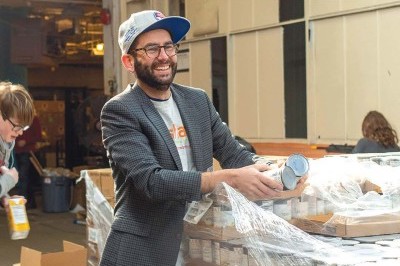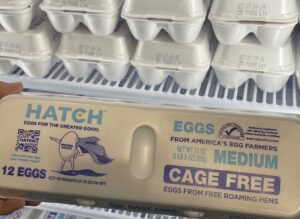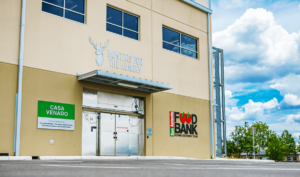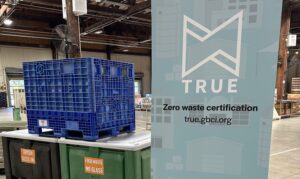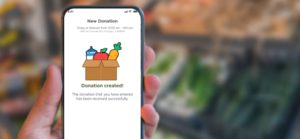Share Food Program’s acquisition of Philly Food Rescue last month highlights an increasing trend of food banks turning to food rescue as a way of diversifying their sourcing.
Share Food Program, an independent food bank based in Philadelphia, will incorporate the operations and technology of Philly Food Rescue into its infrastructure. In addition to being powered by the Food Rescue Hero app, Philly Food Rescue has an extensive volunteer network that will let the food bank pick up products from organizations looking to offload excess food that would otherwise be thrown away, and deliver it directly to those in need.
Food rescued from farms, grocery stores, restaurants, wholesalers and other food providers is increasingly becoming part of the mix for food banks, which traditionally have relied more on government supplies and donated goods from individuals when sourcing food.
“The idea of the single central warehouse location, distributing out to a network of food pantries is a great and important model,” said George Matysik, Executive Director of Share Food Program (pictured above). “But it certainly can’t be the only model that we incorporate.”
Many food banks already do food rescue, especially from local grocery stores. Hunger Network, an independent food bank in Cleveland, also uses the Food Rescue Hero app to support food rescue. Farm Share, an independent food bank and one of the largest food banks in the country, based in Homestead, Fla., got its start by rescuing produce from farms. The member food banks of Feeding America are also getting into food rescue thanks to automatic enrollment in Feeding America’s MealConnect app.
Diversifying food sources has become an increasing priority for Share Food Program, which has $7 million in revenues (according to its FY 2018 Form 990, the most recent available on its website). Currently, 55% of the food it distributes comes from government programs, 20% is purchased, and the remainder is donated. Share Food Program also has an onsite farm that contributes a small amount of fresh produce. Not having to rely on any one channel too heavily ensures consistent food availability, even if there is a break in the supply chain, Matysik noted.
Like MealConnect, Philly Food Rescue taps into a network of volunteers willing to move food from one location to another. For Philly Food Rescue, volunteers can register on the Food Rescue Hero app and receive pick-up and drop-off information for vehicle-appropriate donations during self-designated timeframes. Matysik said that he sees the technology expanding to include trucks and a 24/7 staff ready to rescue food.
Matysik said that food banks and food rescue programs should work together instead of competing for resources. Both types of organizations have the same end goal of repurposing food, and it’s simply a matter of partnering together to merge the technology and volunteer power of a food rescue organization with the logistics and infrastructure of a food bank.
“We were able to acquire the talent and the technology that’s needed for us to build out the infrastructure in a much faster clip than we would have if we had reinvented the wheel ourselves,” said Matysik.
Matysik suggested that food banks should envision themselves as competing against businesses like Amazon and Whole Foods. Someone looking for food assistance should be able to get on an app and request help as easily as someone can get on an app and purchase a bag of groceries.
The same applies to donating organizations. The goal should be to get grocery stores and restaurants to call a food bank before they call a trash service, and the food bank should be available and able to move the product as quickly as possible. A food bank with an extensive volunteer base and supporting technology should be more reliable than a for-profit business or government agency.
“There is food available that’s out there,” said Matysik. “You’ve just got to work a little harder for it. You’ve got to have the tools and the technology and really tap into an unconventional volunteer base in order to get it.”
Share Food Program acquired Philly Food Rescue from Philadelphia-based Uplift Solutions, which had nurtured Philly Food Rescue to address food waste and access, and is now reorganizing to strengthen its focus on workforce development. The entire Philly Food Rescue team transitioned into the Share Food Program, and there has been no disruption of service. No money was exchanged for the acquisition. — Zachary Smith
Zachary Smith is a freelance reporter and student at the Craig Newmark Graduate School of Journalism at CUNY, where he specializes in health and data reporting. Formerly an intern with Food Bank News, Zachary has recently been published with Everyday Health, Bklyner, and the NYCity News Service.
CAPTION ABOVE: George Matysik of Share Food Program is looking for a variety of ways to source and distribute food.
Like what you’re reading?
Support Food Bank NewsConnect with Us:
